POLINA DENISOVNA OSIPENKO was a pilot, one of the first women to receive the title of Hero of the Soviet Union, and set five world aviation records.

“I PROMISE TO FLY HIGHER THAN ALL THE GIRLS IN THE WORLD”
Until she turned 20, Pauline did not even know what an airplane was and never asked: “Why am I not a falcon, why am I not flying?” She was engaged with the care of another kind of birds: chickens. She succeeded in this business: when she was really young, she headed a collective poultry farm in her native Cossack settlement of Novospasivka, which is now named Ostipenko in her honor. (Today it is located in Zaporizhia region.)
JOIN US ON TELEGRAM
Follow our coverage of the war on the @Kyivpost_official.
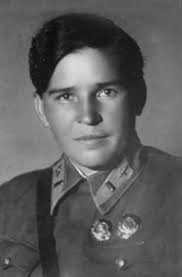 Polina Osipenko when she was young.
Polina Osipenko when she was young.
Later on she married a military pilot, and that’s when it all started – or, it might be better to say, that’s where things really took off. She began to set records after the year 1936, when she declared from the rostrum at a parade: “I promise to fly higher than all the girls in the world!” In the first year after stating this, on May 22, 1937, Osipenko climbed in a seaplane to a height of 9,100 meters – the highest altitude achieved at that time. Two days later she broke a double world record: Climbing higher than 7,009 meters in a seaplane with a load of 1000 kg. On July 2, 1938, Osipenko had already set another female aviation record as being part of the crew who flew the longest stretch in a straight line – more than 3,000 km (from Sevastopol – to Kyiv – to Novgorod – to Arkhangelsk).
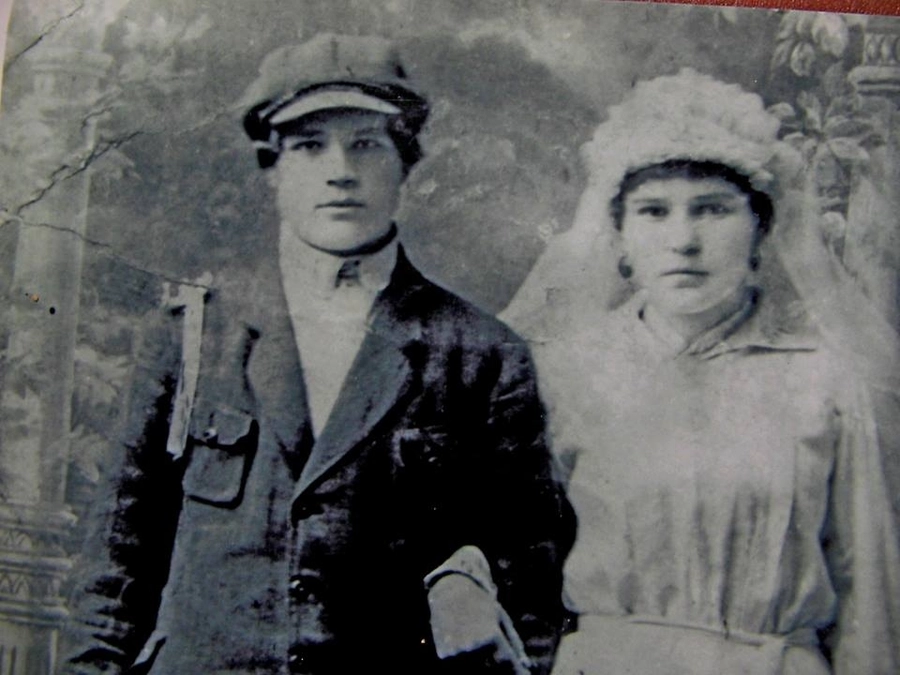 Polina Osipenko's first husband, Goviaz Stepan Mefodievich.
Polina Osipenko's first husband, Goviaz Stepan Mefodievich.
PARASHUTING ONTO HER MOTHER’S YARD
Perhaps her most heroic record was her non-stop flight from Moscow to the Far East (about 6,000 km). This achievement was set by the 31-year-old Major Osipenko in September 1938 (less than a year before the tragic death). The “Rodina” plane where the Ukrainian formed a part of the crew, never reached Khabarovsk, landing instead in a taiga swamp.
Three versions of what caused the accident were considered during the subsequent investigation:
1. Poor weather conditions.
2. The flight maps of navigator Marina Raskova were sucked out of the airplane door.
3. A fuel shortage.
Most likely, it was a combination of all three of these reasons. As a result, Raskova, by order of the legendary pilot Grizodubova, jumped out of the aircraft with a parachute. The aircraft commander with the other pilot Polina Osipenko crash-landed in a swamp. The pilots were found ten days later. They were rescued and awarded the titles of heroes. The paratroopers of the Dnepropetrovsk Aeroclub flew to Zaporizhia region to inform Polina’s mother as quickly as possible, where they landed directly in the courtyard of the Osipenko family house.
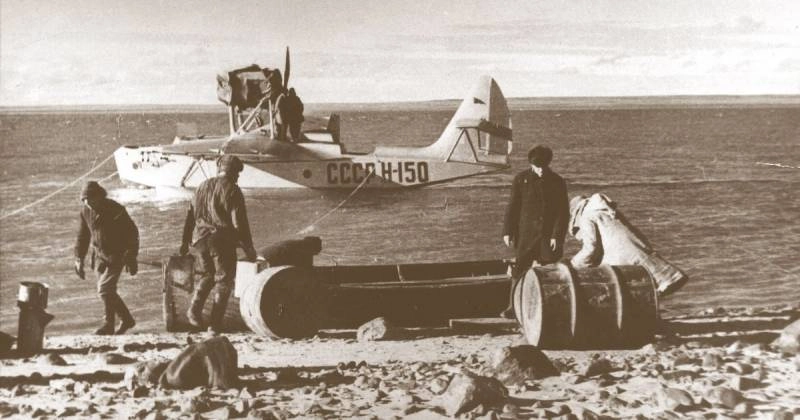 The Аmphibious airplane.
The Аmphibious airplane.
THE LILAC OF HER NAME BLOSSOMED IN THE CITY NAMED AFTER HER
80 years ago, in May 1939, Soviet newspapers reported that the Polina Osipenko had died while piloting a plane that she was landing. After archival documents were declassified, it turned out that the real situation was completely different. On that day, they were working on flying by their instruments. Polina’s partner was comrade Anatoly Serov. There took off together. During the first practice run, Osipenko was the pilot. She handled the task brilliantly and returned to the airfield.
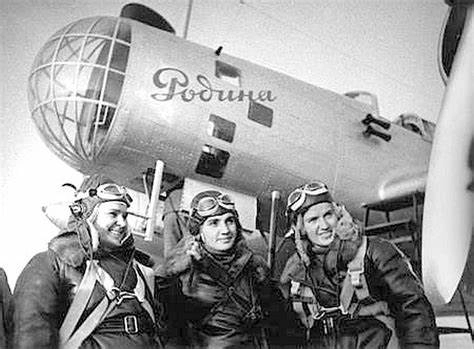
The tragedy occurred after the second take-off, when Serov was “flying blind” (only using his instruments). He made a fatal mistake which put the aircraft into a spin, and it crashed into the ground. Two Heroes of the Soviet Union were killed.
As it turned out, before the departure Polina warned of failures in the instruments for rotation and sliding, which is what lead to the deadly spin – but no one had listened to the pilot. In response to this tragedy, a day of mourning was designated in the country. The city of Berdyansk was renamed to Osipenko (this name was kept until 1958). After a few years plant breeders created a variety of pink lilac called “Polina Osipenko”. There was also a street in Kyiv named after Polina Osipenko, which has been renamed to Stritenska Street.
 Lilac variety Polina Osipenko.
Lilac variety Polina Osipenko.
INTERESTING FACTS
- It might be the case that Osipenko was not born into a family of landless peasants, but into the family of a “middle-class” shoemaker – but her biography was “changed” to make it “more correct.”
- Her first husband, the pilot Stepan Goviaz, chose to propose to Polina (when she was still Polina Dudnik) by flying to their home village on a small military aircraft.
- Despite the fact that the official biography stated that Polina Osipenko was accepted into the Kachin Aviation School after a call from the People’s Commissar Voroshilov, in fact, this favor was given to her by someone who was later sent to the GULAG.
-The pilot’s first husband never emerged from prison: neither the exact location nor the date of his death is known.
-Polina’s second husband was her fellow soldier Alexander Osipenko, who was also a military pilot who received the title of Hero of the Soviet Union for his service during the war in Spain.
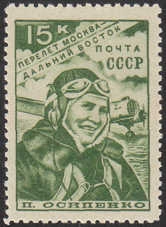 A postage stamp in honor of Polina Osipenko.
A postage stamp in honor of Polina Osipenko.
FROM THE DOSSIER OF POLINA OSIPENKO
• Osipenko was born on October 8, 1907 in the village of Novospasivka (now called Osipenko, in the Berdyansk district of Zaporizhia region). She graduated from poultry-farming courses and later from the Kachin Military Aviation School (1933).
• She served as a junior pilot, a fighter aircraft unit commander, an air force pilot inspector at the Air Force Military Staff, and as a fighter pilot instructor.
• The following places were named after Osipenko: a district, dozens of settlements, squares and streets, aviation schools, flying clubs, several neighborhoods, apartment blocks, an institute, a plant in a Soviet farm, some steamboats in Ukraine, Russia, Kazakhstan, Moldova, and Kyrgyzstan, as well as a crater on Venus.
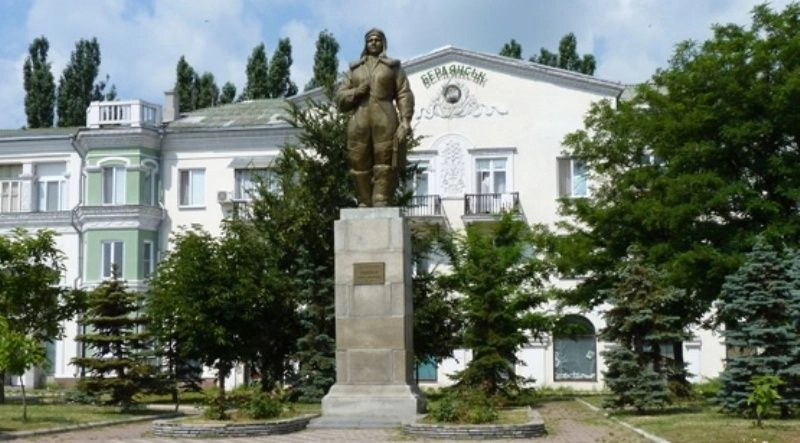 Memorial of Polina Osipenko in the Berdyansk.
Memorial of Polina Osipenko in the Berdyansk.
This article by Nadiia Avramchuk and Mykola Sukhomozsky is reprinted with the publisher's permission from the book (UN)Celebrated Ukrainians Who Changed the Course of History, SAMIT-KNYHA, Kyiv, 2020.
You can also highlight the text and press Ctrl + Enter



